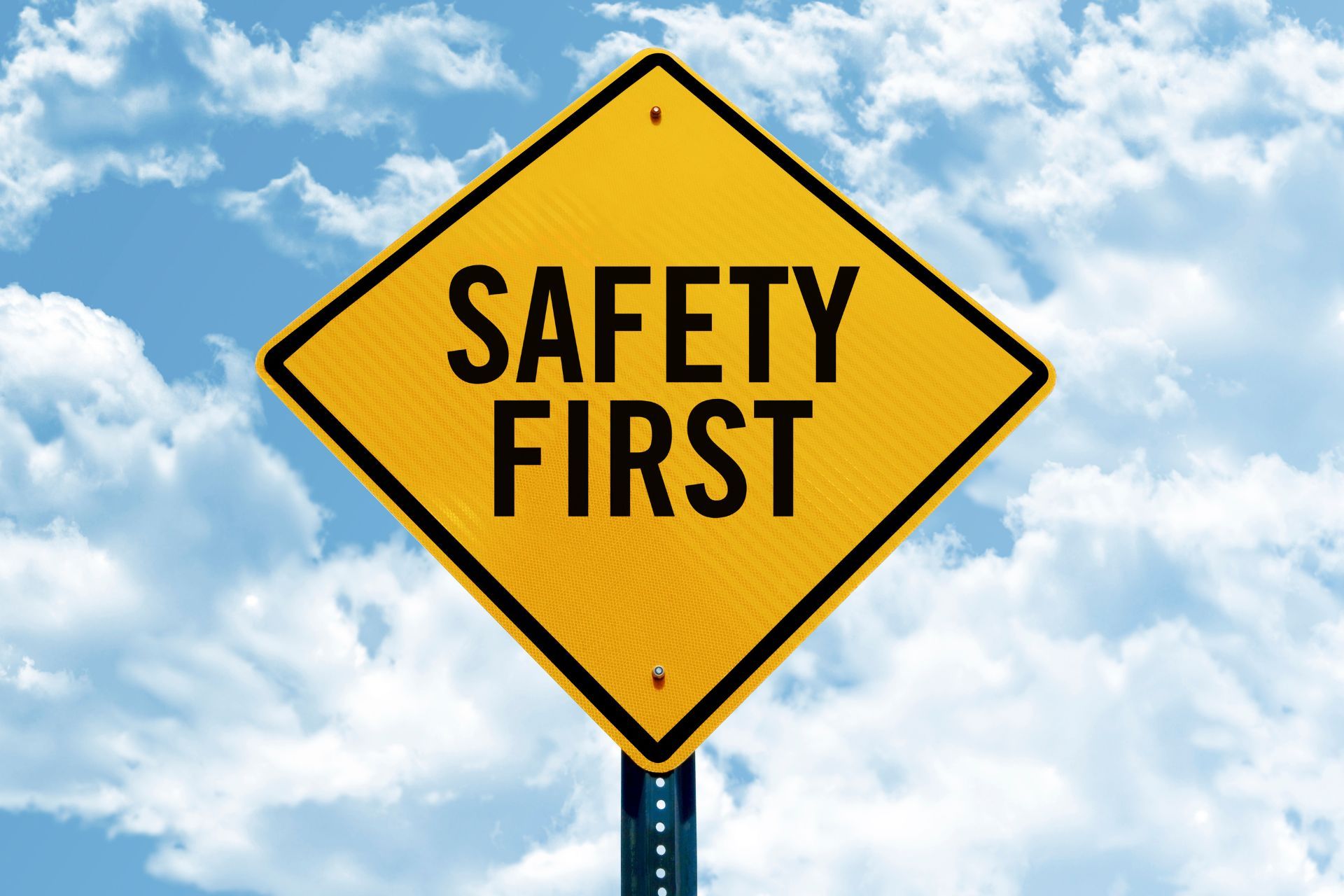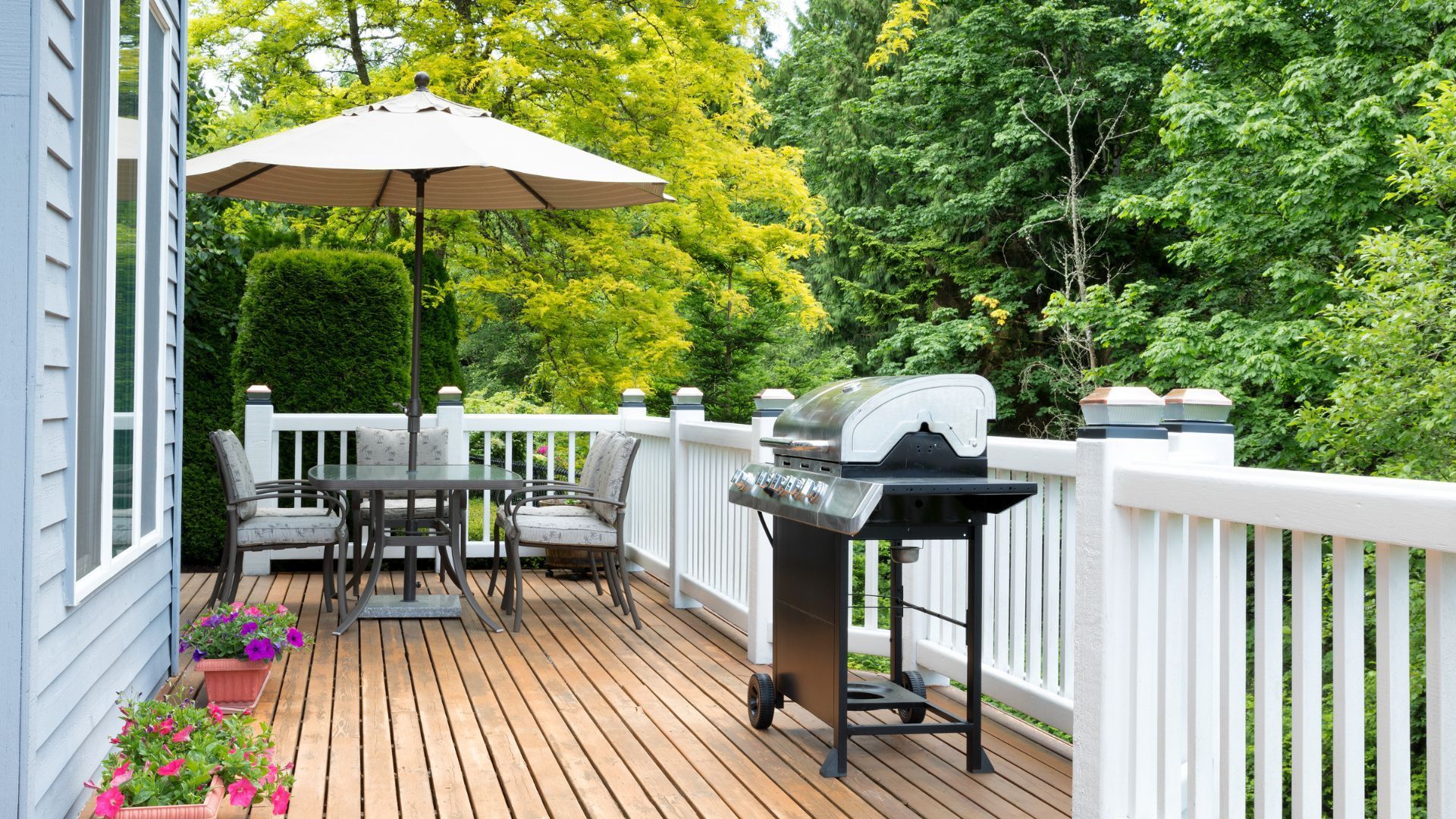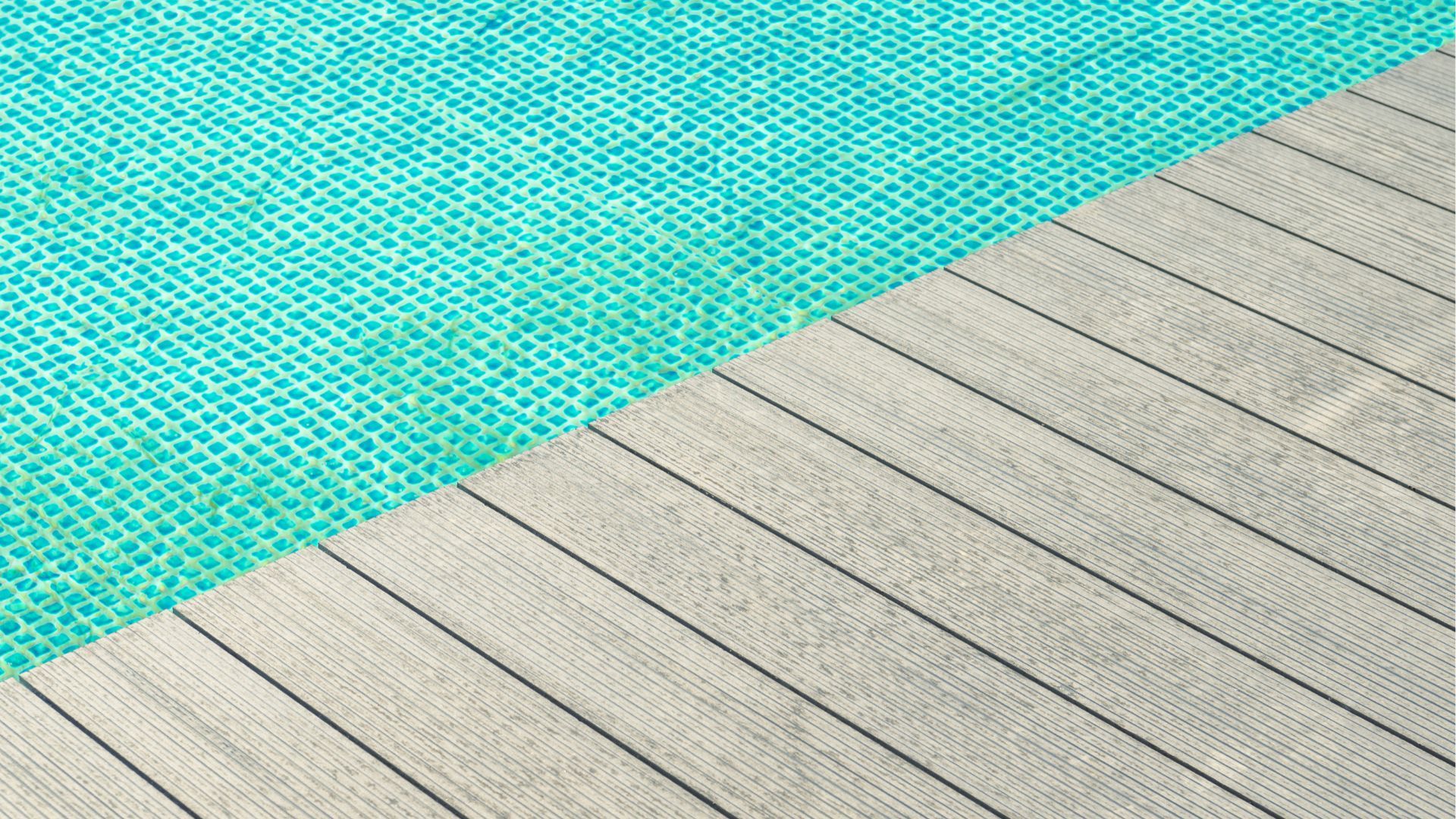Capital City Deck Pros' Guide to Yearly Deck Safety Inspections
In St. Paul, Minnesota, where the seasons dramatically change, ensuring the safety of your deck is crucial for year-round enjoyment and peace of mind. Capital City Deck Pros understands the importance of maintaining a secure and stable deck, not only to protect your investment but also to ensure the safety of your family and guests. Here’s a comprehensive guide to conducting yearly deck safety inspections, a critical routine every homeowner should adopt.

Why Yearly Inspections Matter
Preventing Accidents and Ensuring Longevity
Regular inspections help identify potential hazards before they lead to accidents. They also extend the lifespan of your deck by addressing minor issues before they become significant problems. In areas like St. Paul, where snow, ice, and rain are common, decks are especially susceptible to wear and deterioration, making yearly inspections even more essential.
What to Look for During an Inspection
Key Areas of Focus
A thorough deck safety inspection covers several critical areas. Here’s what to keep an eye out for:
1. Check the Ledger Board
The ledger board connects your deck to the house. Ensure it's securely attached with no signs of corrosion in the fasteners. Water damage or rot in this area can compromise the deck's stability.
2. Inspect Support Posts and Foundations
Examine the deck's support posts and foundations for signs of rot, splitting, or shifting. In colder climates, frost-heave can affect the stability of your deck's foundation.
3. Examine Joists, Beams, and Boards
Look for any signs of rot, insect damage, or warping in the joists, beams, and deck boards. Replace any compromised sections to maintain the structural integrity of your deck.
4. Assess Railings and Banisters
Railings and banisters should be firmly attached and capable of withstanding pressure. They are crucial for preventing falls, especially in decks that are elevated.
5. Inspect Stairs
Ensure that each step is secure and that there are no loose or damaged boards. Also, check the railings for stability.
6. Look for Loose Fasteners
Tighten any loose screws or nails and replace any that are corroded or missing. Loose fasteners can lead to uneven boards and other structural issues.
7. Search for Signs of Mold and Mildew
Mold and mildew can make surfaces slippery and degrade building materials. Clean affected areas and treat them to prevent regrowth.
Professional Inspection
When to Call the Experts
While many aspects of a deck safety inspection can be DIY, certain conditions warrant a professional evaluation. If you notice significant structural issues, it's time to call in the experts from Capital City Deck Pros. A professional deck builder can offer a more in-depth analysis and recommend the best course of action, whether it's repair or replacement.
Maintaining Your Deck Year-Round
Seasonal Care Tips
- Spring: Start with a thorough cleaning to remove debris and check for damage that may have occurred during the winter.
- Summer: Inspect for signs of sun damage or fading and reapply a water-repellent finish if necessary.
- Fall: Prepare your deck for winter by cleaning it and removing any furniture that might trap moisture.
- Winter: Keep your deck clear of snow and ice to prevent moisture penetration and reduce the risk of slip-and-fall accidents.
Conclusion
Yearly deck safety inspections are a critical practice for every homeowner, especially in climates like St. Paul, Minnesota. By following Capital City Deck Pros' guide to inspections and maintenance, you can enjoy a safe and beautiful deck for many years to come.
Call to Action
Not sure if your deck is safe? Contact Capital City Deck Pros for a professional inspection and expert advice on keeping your deck in top condition.
FAQs
How often should I replace my deck?
The lifespan of a deck varies based on materials and maintenance but generally, wood decks last about 10-15 years, while composite decks can last 25-30 years or more.
Can I perform a deck inspection myself?
Homeowners can perform basic inspections but should consider professional inspections for a comprehensive assessment, especially if structural issues are suspected.
What causes most deck failures?
Deck failures are often caused by age, poor construction, lack of maintenance, and overloading. Regular inspections can help prevent these issues from leading to failure.
Is it necessary to remove snow from my deck in winter?
Yes, removing snow from your deck can prevent moisture damage and reduce the risk of collapse due to excessive weight.
How do I clean mold and mildew off my deck?
Use a deck cleaner formulated for mold and mildew. A solution of bleach and water can also be effective for wood decks, but always test a small area first to ensure it doesn’t damage the finish.




